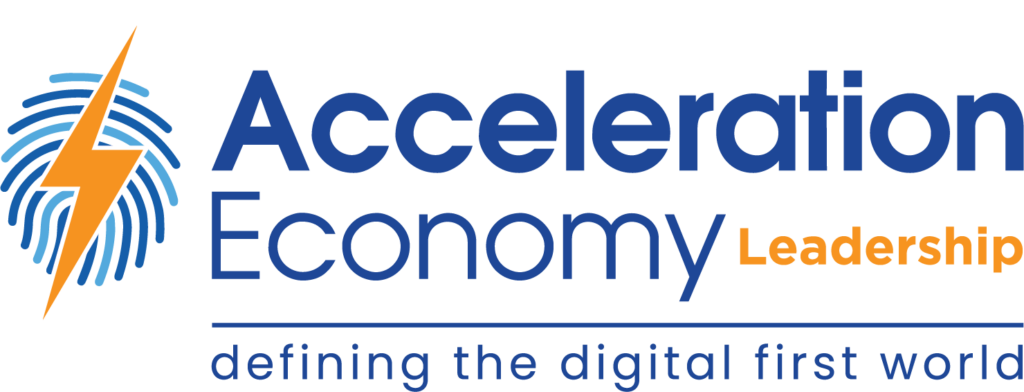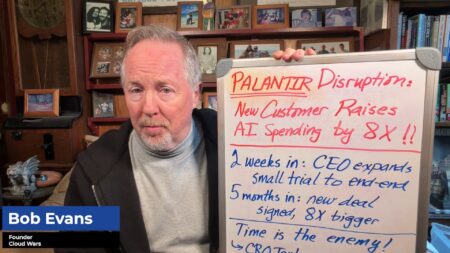As the chief information officer (CIO) of a manufacturing company, I have a unique perspective on the rapid advancements in artificial intelligence (AI). Once a privilege of well-resourced large corporations, AI is becoming an indispensable asset across various sectors, including small and medium businesses and even individuals. This shift, propelled by unprecedented capital investment and rapid technological advancements, is revolutionizing industries.
In manufacturing, AI-driven precision automation and quality control are redefining efficiency and product standards. However, this swift technological progression also brings with it challenges such as ethical implications and the potential disruption of traditional jobs. A balanced approach that leverages AI’s potential for innovation while thoughtfully navigating its societal and industrial impacts is needed.
President Biden’s Executive Order
President Joe Biden’s executive order on AI aims to cultivate its growth across diverse sectors while instituting essential safeguards to address ethical, economic, and social concerns. Enacted on October 30, 2023, the order is comprised of several critical components:
- Fostering AI Innovation: The order places a strong emphasis on the advancement of AI technology through enhanced research and development initiatives. It seeks to ensure continued U.S. leadership in technology, crucial for sectors like manufacturing where AI’s potential to boost efficiency, productivity, and product quality is immense.
- Regulatory Framework for Ethical AI: This directive establishes guidelines for ethical, safe, and trustworthy development and deployment of AI. It sets standards for privacy, security, and fairness, ensuring that AI technologies are developed and used in ways that respect individual rights and societal values.
- Collaboration Across Sectors: The order calls for collaboration between the federal government, private industry, and academic institutions. This partnership is aimed at pooling resources and expertise, which is essential for a more comprehensive and effective approach to AI development and application.
- AI Workforce Development: Recognizing the significant impact of AI on the job market, the order includes provisions for workforce training and development. This aspect is particularly relevant to sectors like manufacturing, where the evolving AI landscape necessitates upskilling and reskilling programs.
- Goals and Objectives: The overarching goals of the executive order include maintaining U.S. leadership in AI technology, ensuring the ethical development of AI, and safeguarding economic and national security interests. It also emphasizes fostering global cooperation in AI research and governance.
Balancing Innovation and Regulation
Biden’s executive order strikes a good balance between advancing technological innovation and ensuring appropriate regulatory oversight. At its heart is a clear mandate to promote and sustain AI innovation. The order aims to bolster the United States’ position as a global leader in AI. The directive underscores the importance of staying at the forefront of technological advancement, not just for economic growth but also for maintaining competitive parity on the international stage.
At the same time, the executive order acknowledges the necessity of regulation. It calls for the development of ethical guidelines and standards that ensure AI technologies are used responsibly. This includes addressing concerns related to privacy, bias, transparency, and accountability. By setting these regulatory frameworks, the order seeks to protect citizens and society from potential AI misuse, while also fostering a trust-based environment where innovation can thrive without ethical compromises.
Potential Challenges and Criticisms
The executive order is not without points of contention. One is the question of whether it provides sufficient regulatory oversight. Critics argue that without robust and specific guidelines, there is a risk of ethical lapses, privacy violations, and the creation of AI systems that could inadvertently perpetuate biases or cause harm. This concern underscores the need for continued vigilance and adaptive regulatory frameworks that can keep pace with technological advancements.
On the flip side, there are apprehensions that overly stringent regulations might hinder the pace of innovation. In a global race where AI development is crucial for economic and technological leadership, some stakeholders worry that heavy-handed regulations could slow down progress and deter investment, especially in high-stakes sectors like manufacturing. This perspective emphasizes the need for regulations that are not only protective but also conducive to growth and experimentation.
Conclusion
President Biden’s executive order on AI signifies a milestone in the integration of AI in the U.S. More than a policy statement, this order serves as a roadmap for harnessing AI to drive innovation, economic growth, and societal benefit, especially in critical sectors like manufacturing. The ultimate success of this initiative, however, will hinge on its effective implementation. I hope that this executive order is just the beginning of a constructive dialogue and collaboration among private companies, other countries, and the public, to shape a global framework for AI that is ethical, beneficial, and sustainable for all.











